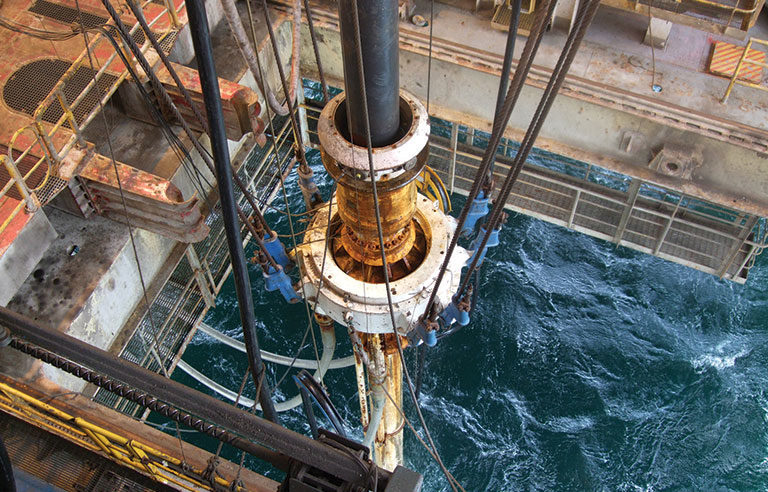Annual report details offshore drilling equipment failures, calls for data sharing

Washington — Offshore drilling rig operators in the Gulf of Mexico reported 1,129 blowout preventer equipment component failures in 2017, according to the latest annual report from the Bureau of Safety and Environmental Enforcement’s SafeOCS reporting system.
Findings showed that 18 of 25 active operators in the gulf – representing 45 of 59 rigs – logged failures during the reporting period, which marked the first full year in which industry professionals could submit confidential well control equipment failure reports under the Well Control Rule.
In October 2016, three years after signing an interagency agreement with the Bureau of Transportation Statistics to develop SafeOCS, BSEE expanded the program to include such reports. The SafeOCS annual report for 2016 showed that 14 of 20 active rig operators logged 821 equipment failures over a six-month reporting period.
“We inherited a program with a 3 percent participation rate and have increased that to 59 percent, but we are not stopping there,” BSEE Director Scott Angelle said in a July 16 press release. “Increasing participation in SafeOCS and sharing safety data across industry are critical for generating meaningful analysis. The ultimate goal of this program is to identify proactive steps to mitigate risks and ensure offshore operations are safe, reliable and environmentally sustainable.”
A vast majority of reported equipment failures – 1,044 – occurred subsea, including 902 when rigs were not in operation. Overall, 83.8 percent of all reported failures came when rigs were not operating.
External leaks accounted for 49 percent of observed equipment failures, with 87.7 percent of those occurring on rigs not in operation. Internal leaks (24.4 percent) and mechanical damage (7.2 percent) were the next most common observed failures. Wear and tear was the reported root cause of equipment failure in 53.6 percent of incidents. However, report authors believe that figure might be an overestimate and would require further research.
Leaks and wear and tear also were the most frequent observed failure and reported root cause, respectively, in 2016.
“Collecting more detailed, accurate, timely and relevant equipment failure data can support a more in-depth statistical analysis on root causes of equipment failures and the development of predictive analytics of failure events,” the report states. “The industry can use this information to make changes to current practices and improve safety and equipment reliability.”
Post a comment to this article
Safety+Health welcomes comments that promote respectful dialogue. Please stay on topic. Comments that contain personal attacks, profanity or abusive language – or those aggressively promoting products or services – will be removed. We reserve the right to determine which comments violate our comment policy. (Anonymous comments are welcome; merely skip the “name” field in the comment box. An email address is required but will not be included with your comment.)

